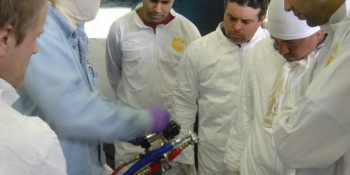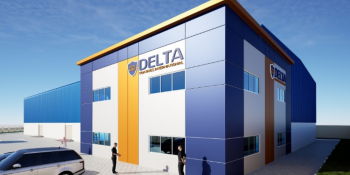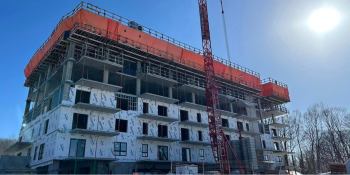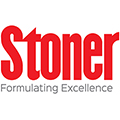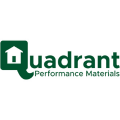Q&A Forums
P2000 Post New Topic | Post Reply
| Author | Comments |
|---|---|
|
joyce Noonan
Posted: Nov 03, 2008 12:16 PM
|
P2000
Have a customer that wants cc sprayed against a product called P2000. Anyone have any knowledge of this product?
|
|
Gerry Wagoner
Posted: Nov 03, 2008 07:24 PM
|
Nope |
|
Posted: Nov 15, 2008 08:23 AM
|
aint that one of them adhesives??? you know...pop em in the big caulk gun..we dont need no stinkin nails type thingys.... |
|
joyce Noonan
Posted: Nov 17, 2008 06:53 PM
|
Their website is www.p2000insulation.com Any feed back? |
|
Posted: Nov 17, 2008 08:54 PM
|
I have a contact who is a distributor of the product. Let me know if you want to get in touch with him. He is very knowledgeable. Tim |
|
Jim Coler
Posted: Nov 26, 2008 08:10 AM
|
P2000 is a reflective insulation made with EPS board material. It's under scrutiny right now for the R-values it published. If you look closely, the R-values they publish are nothing spectacular. In order to get much of any R-value out of this product at all, you need to have an air space in front of the foil facing to reflect the radiant heat. If you spray foam directly to it, you reduce the reflective "r-value" of the material greatly. It's also difficult to spray foam to it because the foam wants to slip off the shiny alum surface and not adhere well. |
|
William Gibson
Posted: Dec 03, 2008 07:12 AM
|
Riversnrocks: So your saying that reflective insulation cannot reflect heat produced through conduction? I'm interested in reading some info on it if you have a source... |
|
Jim Coler
Posted: Dec 05, 2008 06:55 AM
|
Think about what the reflective surface is. It's aluminum. Aluminum is a great conductor of heat so how does it work well as an insulation if it's great at conduction. The principle is that the surface reflects the radiant heat away from teh material before it's absorbed. In order for radiant heat to be reflected, there needs to be an air space in front of it to allow it to reflect into. Otherwise you're back to conduction. On another note, you have to be cautious about what surface is in direct contact with the aluminum materials because some will eat the aluminum up within a couple of weeks. This is the issue with some of the products like Tek-Foil which put an aluminum surafced material under concrete floors. Without something to protect the foil, it's gone. Not to mention the condutcion issue if it is still there. Also consider galvanic corrosion where two dismiliar materials creat an electrical current which causes one of the materials to oxidize. |






